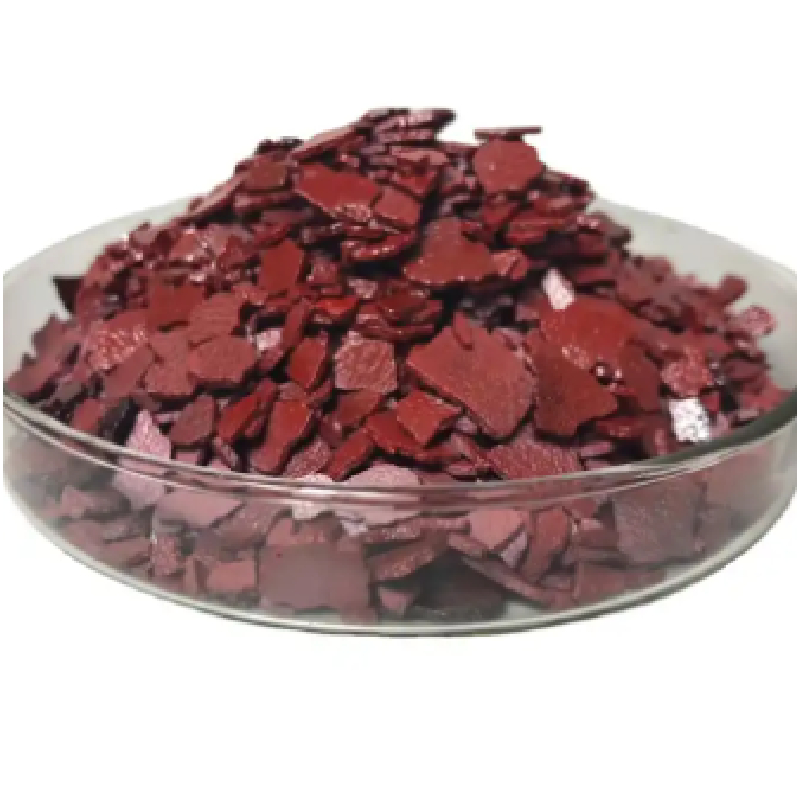Warning: Undefined array key "title" in /home/www/wwwroot/HTML/www.exportstart.com/wp-content/themes/1198/header.php on line 6
Warning: Undefined array key "file" in /home/www/wwwroot/HTML/www.exportstart.com/wp-content/themes/1198/header.php on line 7
Warning: Undefined array key "title" in /home/www/wwwroot/HTML/www.exportstart.com/wp-content/themes/1198/header.php on line 7
Warning: Undefined array key "title" in /home/www/wwwroot/HTML/www.exportstart.com/wp-content/themes/1198/header.php on line 7
- Afrikaans
- Albanian
- Amharic
- Arabic
- Armenian
- Azerbaijani
- Basque
- Belarusian
- Bengali
- Bosnian
- Bulgarian
- Catalan
- Cebuano
- China
- China (Taiwan)
- Corsican
- Croatian
- Czech
- Danish
- Dutch
- English
- Esperanto
- Estonian
- Finnish
- French
- Frisian
- Galician
- Georgian
- German
- Greek
- Gujarati
- Haitian Creole
- hausa
- hawaiian
- Hebrew
- Hindi
- Miao
- Hungarian
- Icelandic
- igbo
- Indonesian
- irish
- Italian
- Japanese
- Javanese
- Kannada
- kazakh
- Khmer
- Rwandese
- Korean
- Kurdish
- Kyrgyz
- Lao
- Latin
- Latvian
- Lithuanian
- Luxembourgish
- Macedonian
- Malgashi
- Malay
- Malayalam
- Maltese
- Maori
- Marathi
- Mongolian
- Myanmar
- Nepali
- Norwegian
- Norwegian
- Occitan
- Pashto
- Persian
- Polish
- Portuguese
- Punjabi
- Romanian
- Russian
- Samoan
- Scottish Gaelic
- Serbian
- Sesotho
- Shona
- Sindhi
- Sinhala
- Slovak
- Slovenian
- Somali
- Spanish
- Sundanese
- Swahili
- Swedish
- Tagalog
- Tajik
- Tamil
- Tatar
- Telugu
- Thai
- Turkish
- Turkmen
- Ukrainian
- Urdu
- Uighur
- Uzbek
- Vietnamese
- Welsh
- Bantu
- Yiddish
- Yoruba
- Zulu
Nov . 08, 2024 17:41 Back to list
understanding the origin and production process of xanthan
Understanding the Origin and Production Process of Xanthan
Xanthan gum is a well-known polysaccharide that has garnered attention in both food and industrial applications due to its remarkable thickening and stabilizing properties. Produced by the fermentation of sugars by the bacterium Xanthomonas campestris, xanthan has a rich history and a unique production process that showcases the intersection of microbiology and biotechnology.
The Origin of Xanthan
Xanthan gum was first discovered in the 1960s by scientists studying the bacteria Xanthomonas campestris, which is a phytopathogenic organism primarily known for causing diseases in a variety of plants, notably cruciferous vegetables like broccoli and cabbage. During the fermentation process of this bacterium, xanthan gum is produced as a protective coating or exopolysaccharide. This natural biopolymer serves several functions in its native environment, primarily to enhance the bacterium’s survival by creating a gel-like barrier that can help retain water and protect against unfavorable conditions.
The significance of xanthan gum grew when it was recognized for its applications beyond its original biological context. By the 1970s, it was embraced in the food industry, followed by extensive use in other sectors such as cosmetics, pharmaceuticals, and oil drilling.
The Production Process of Xanthan
The industrial production of xanthan gum is a sophisticated process that involves several key steps fermentation, purification, and drying.
1. Fermentation The first step begins with the preparation of a nutrient-rich culture medium, which typically includes carbon sources like glucose or sucrose, along with nitrogen sources, minerals, and vitamins. The medium is inoculated with a culture of Xanthomonas campestris, and the fermentation process is carried out in large bioreactors under controlled conditions. This phase may last from several days to a week, during which the bacteria metabolize the sugars and produce xanthan gum as a byproduct.
understanding the origin and production process of xanthan

2. Purification Once the fermentation is complete, the next step is to separate the xanthan gum from the fermentation broth. This is usually accomplished through a series of filtration and precipitation steps. The broth is first clarified to remove bacterial cells and other impurities, often through centrifugation or microfiltration. The xanthan gum is then precipitated using alcohol, typically isopropanol, which causes the polysaccharide to agglomerate and can be subsequently collected through centrifugation.
3. Drying After purification, the xanthan is still moist and needs to be dried to achieve a stable powder form. This is usually done using spray drying or freeze-drying methods. The final product is a fine, white or cream-colored powder that is highly soluble in water, forming a viscous solution.
Applications of Xanthan
Xanthan gum's unique properties make it versatile in many industries. In the food sector, it acts as a thickener, stabilizer, and emulsifier, commonly found in salad dressings, sauces, and gluten-free products. Its ability to maintain consistent viscosity across a range of temperatures and pH levels makes it particularly valuable.
In the pharmaceutical and cosmetic industries, xanthan is used in formulations for lotions and creams, where it helps to achieve the desired texture and stability. The oil and gas industry also utilizes xanthan gum; it is often added to drilling fluids to improve viscosity and prevent sedimentation.
Conclusion
In summary, xanthan gum represents a remarkable fusion of natural processes and modern biotechnology. From its discovery as a byproduct of Xanthomonas campestris to its widespread application across various industries, understanding the origin and production process of xanthan provides valuable insights into the challenges and innovations in biopolymer production. As demand for natural and environmentally friendly products continues to rise, xanthan gum is likely to maintain its relevance, adapting and evolving alongside consumer needs. Its journey from fermentation to final product underscores the importance of microbial processes in creating essential materials that enhance our daily lives.
Latest news
-
Certifications for Vegetarian and Xanthan Gum Vegetarian
NewsJun.17,2025
-
Sustainability Trends Reshaping the SLES N70 Market
NewsJun.17,2025
-
Propylene Glycol Use in Vaccines: Balancing Function and Perception
NewsJun.17,2025
-
Petroleum Jelly in Skincare: Balancing Benefits and Backlash
NewsJun.17,2025
-
Energy Price Volatility and Ripple Effect on Caprolactam Markets
NewsJun.17,2025
-
Spectroscopic Techniques for Adipic Acid Molecular Weight
NewsJun.17,2025

